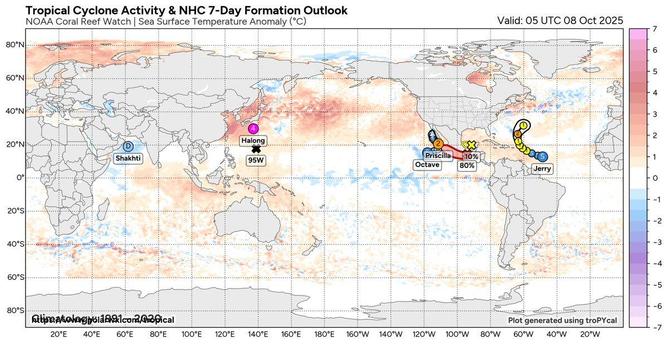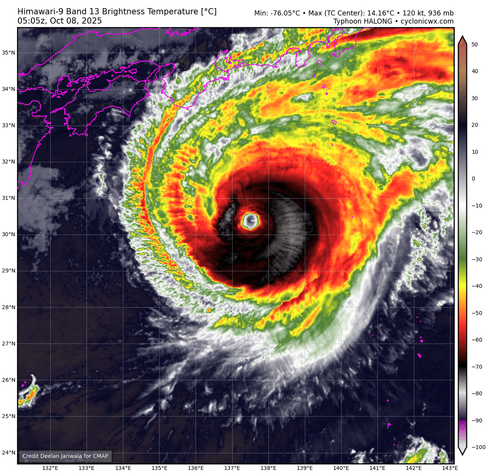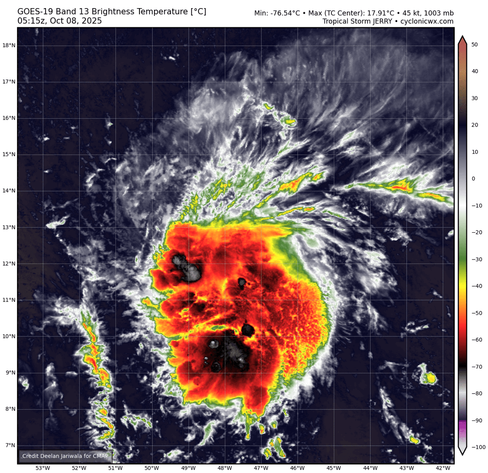St. Martin’s Day
This is also called Martinmas or Martlemas. It’s historically called Old Halloween or All Hallows Eve.
This is the feast day of St. Martin of Tours. St. Martin of Tours was the 3rd Bishop of Tours. He’s the patron saint of many communities & organizations across Europe, including France’s Third Republic. It was celebrated in the liturgical year on November 11.
During the Middle Ages & early modern period, it was an important festival in many parts of Europe. Particularly in Germanic-speaking countries. In these areas, it started at the end of the harvest season, the beginning of the cold season, & the “winter revelling season.”
Traditions include feasting on goose or beef, drinking the first wine of the season, & mumming. Mumming is groups of men & women from the medieval to early modern era who are dressed in fantastical clothes, & costumes, & serenaded people outside their houses, or joined the party inside. Costumes varied including bears, deer, rams, or unicorns.
In some German & Dutch-speaking towns, there are processions of kids with lanterns (Laternelaufen), sometimes led by a horseman representing St. Martin. The saint was also said to bestow gifts to kids. In the Rhineland, it’s also marked by lighting bonfires.
Traditionally, in many parts of Europe, St. Martin’s Day marked the end of the harvest & the beginning of winter. The feast dovetails with the end of the Octave of Allhallowtide.
Martinmas was when livestock was slaughtered for winter supplies. Goose is eaten at Martinmas in most places. There’s a legend that St. Martin, when trying to avoid being ordained a bishop, hid in pin of geese whose noise gave him away.
In the wine growing regions of Europe, the first wine was ready around the time of Martinmas. St. Martin is widely credited in France with helping to spread winemaking throughout the region of Tours (Touraine) & facilitating vine-planting. He’s also credited with introducing the Chenin blanc grape. Most of the wine of western Touraine & Anjou is made from these grapes.
In the Rhineland region of Germany, bonfires are lit on St. Martin’s Eve. In the 15th century, the bonfires were so many that the festival got the nickname: Funkentag (Spark Day). In the 19th century, it was recorded that young people danced around the fire & leapt through the flames. The ashes were strewn on the fields to make them fertile.
In some German & Dutch-speaking towns, there are nighttime processions of kids carrying paper, or turnip, lanterns & singing songs of St. Martin.
In parts of Flanders & the Rhineland, processions are led by a man on horseback representing St. Martin. This man on horseback may give out apples, nuts, cakes, or other sweets to the kids.
In Ypres, kids hung up stockings filled with hay on Martinmas Eve. They woke up the next morning to find gifts in the stockings. The gifts were said to have been left by St. Martin was thanks for the fodder provided for his horse.
In the Swabia & Ansbach regions of Germany, a character called Pelzmarten (‘pelt Martin” or “skin Martin”) appeared at Martinmas until the 19th century. With a black face & wearing a cow bell, he ran about scaring the kids & he gave out “blows” as well as nuts & apples.
In the 6th century, church councils began requiring fasting on all days, except on Saturdays & Sundays, from St. Martin’s Day to the Epiphany on January 6 (That’s 56 days.). Elsewhere, the Feast of the Three Wise Men for the stopping of the star over Bethlehem.
An addition to & equal to the 40 days of Lent, given its weekend breaks, this was called Quadragesima Sancti Mantini (St. Martin’s Lent or literally “the 40th of”). This is rarely observed now.
This period was shortened to begin on the Sunday before December & became the current Advent within a few hundred years. In the Archdiocese of Milan according to Ancient Ambrosian Liturgical usage the feast of St. Martin is followed by the First Sunday in the Advent (the 6-week period) is still used in this large Diocese & the Churches outside it, such as in Ticino (Switzerland) that do still use the Ambrosian Liturgy.
In the United States, St. Martin’s Day celebrations are uncommon. But are usually held by German-American communities. Many German restaurants feature a traditional menu with goose & Gluhwein (a mulled red wine). St. Paul Minnesota celebrates with a traditional lantern procession around Rice Park. The evening includes German treats & traditions that highlight the season of giving. In Dayton, Ohio, the Dayton Liederkranz-Turner organization hosts a St. Martin’s Family Celebration on the weekend with an evening lantern parade to the singing of St. Martin’s carols, followed by a bonfire.
One-Time Monthly YearlyMake a one-time donation
Make a monthly donation
Make a yearly donation
Choose an amount
$1.00 $5.00 $10.00 $1.00 $1.00 $10.00 $5.00 $10.00 $15.00Or enter a custom amount
$Your contribution is appreciated.
Your contribution is appreciated.
Your contribution is appreciated.
DonateDonate monthlyDonate yearly
#15thCentury #19thCentury #6thCentury #Advent #AllHallowsEve #Allhallowtide #AmrosianLiturgy #AncientAmbrosianLiturgical #Anjou #Ansbach #ArchdioceseOfMilan #Beef #Bethlehem #Bonfires #CheninBlancGrapes #DaytonLiederkranzTurner #Diocese #Dutch #Epiphany #Europe #FeastOfTheThreeWiseMen #Festival #Flanders #France #FranceSThirdRepublic #Funkentag #Germanic #Germany #Gluhwein #Goose #Horseman #January6 #Lanterns #Laternelaufen #Lent #Martinmas #MartinmasEve #Martlemas #Medieval #MiddleAges #Minnesota #Mumming #November11 #Octave #Ohio #OldHalloween #Pelzmarten #QuadragesimaSanctiMantini #Rhineland #RicePark #SparkDay #StMartinOfTours #StMartinSDay #StMartinSEve #StMartinSLent #StPaul #Stockings #Swabia #Switzerland #Ticino #Touraine #Tours #TurnipLantern #UnitedStatesOfAmerica #wine #Ypres





